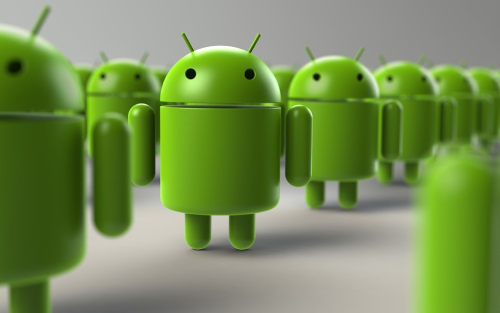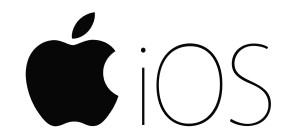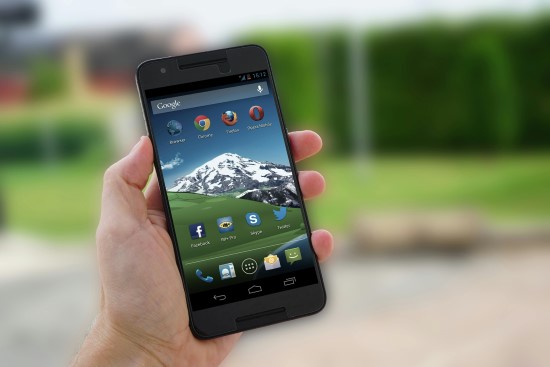Buying a new smartphone is both exciting and confusing. With so many smartphone brands, models and features to choose from, it’s easy to get overwhelmed. Whether you’re upgrading from an older device or buying your first ever smartphone, this guide will walk you through the important things to consider to make sure you choose the right one for your needs.
1. Understanding Your Needs
Before you start comparing different models models, it’s important to think about what you really require in a smartphone. Everyone uses their phone very differently, so a device that’s perfect for one person may not be ideal for someone else. Start by asking yourself a few basic questions:
•What will you use your phone for?
Is it primarily for calls and texts, or do you need a high-performance device for heavy tasks like gaming, photography, or video editing?
•What is your budget?
Smartphones range from prices under $200 to over $1,500, so knowing how much you want to spend is key.
•Do you have a preference for a particular operating system (OS)?
The main available options are Android and iOS (Apple). With each having its own set of features and user experience.
•How long do you plan to keep your phone?
If you upgrade phones frequently, a cheaper phone may suffice. However, if you want a device that will last for a long time, you may want to invest in a more durable, future-proof phone.
Once you have a clear understanding of your requirements, you can start looking at different features.
2. Operating System: Android vs. iOS
The operating system (OS) is the software that runs your smartphone. There are 2 major players in the market:

Android
Android is used by a variety of manufacturers like Samsung, Google, Xiaomi and OnePlus. It is known for being customizable, with more options for tweaking the user interface and adding widgets. Here are some key pros and cons of Android:
Pros:
- •Wide range of phones across various price points
•High customizability:change the look, feel, and function of your phone
•Google integration (such as Gmail, Google Drive, Google Photos and Google Assistant) is seamless
•More variety in hardware design, sizes and features
Cons:
•Software updates can be delayed or inconsistent, depending on the devicemanufacturer
•Some Android phones come with pre-installed apps you may not want (also known as bloatware)
•Security can be weaker compared to iOS due to the openness of the android system
Apple iOS
iOS is exclusive to Apple iPhones. It’s known for its ease of use, smooth performance and straightforward integration with other Apple products like the iPad, Apple Watch and MacBook.

Pros:
- •User-friendly and intuitive interface
•Frequent and reliable iOS software updates
•Excellent security and privacy features
•Integrated ecosystem if you already own other Apple devices
Cons:
•iPhones tend to be considerably more expensive than Android phones
•Limited customizability in terms of design and features
•Limited to Apple brand products only. If you prefer more hardware options, Android offers more variety
If you’re already invested in the Apple ecosystem (MacBook, iPad, AirPods), choosing an iPhone seems like the obvious choice. However, if you like flexibility, customization or have a limited budget, an Android phone may be a better choice.
3. Budget and Pricing
Smartphones come in a wide range of prices, from budget friendly models under $200 to high-end flagship phones costing over $1,500. Here’s a general breakdown of different ranges:
Budget Phones ($100–$300)
These phones offer basic functionality and are great for users who primarily use their phone for calling, texting, social media and light internet browsing. They usually don't have top-end features like premium cameras, fast processors or vibrant screens, but they’re reliable enough for everyday use.
Examples: Moto G Series, Samsung Galaxy A Series, Xiaomi Redmi Series

Mid-Range Phones ($300–$700)
Mid-range phones offer a good balance between features and price. You can expect good build quality, decent camera performance and enough power to handle most apps and games. For most people, mid-range phones are the sweet spot as they provide many premium features without breaking the bank.
Examples: Google Pixel 7a, OnePlus Nord, Samsung Galaxy A54
High-End Phones ($700–$1,500+)
Flagship phones are the cream of the crop, with the best processors, top-of-the-line cameras, vibrant displays and cutting-edge features like wireless charging, 5G connectivity and water resistance. These phones are ideal for heavy users, gamers and those who want the best photography and video quality on the market.
Examples: iPhone 15 Pro, Samsung Galaxy S23 Ultra, Google Pixel 8 Pro
When deciding your budget, do keep in mind that smartphones often last 2–3 years (maybe more), so investing in a device with good hardware and software support can save you money in the long run.
4. Key Features to Consider
Once you’ve narrowed down your search by choosing the OS and budget, it’s time to look at specific features. Here are some key factors to consider when choosing a smartphone:
Display Quality
The display screen is one of the most important aspects of a smartphone, as you’ll be looking at it all day everyday. Here’s what to consider:

•Resolution: A higher resolution means sharper and clearer images. Look for phones with at least Full HD (1080p) displays. Flagship models often feature 2K or even 4K displays.
•Panel Type: LCD panels are cheaper, but colors may not be as vibrant. They are found mostly on budget phones.
OLED/AMOLED panels Produce deeper blacks and richer colors, providing a more immersive viewing experience. You'll find them in mid-range and flagship phones.
•Refresh Rate: A higher refresh rate (90Hz, 120Hz, or even 144Hz) makes scrolling and animations smoother and seamless. If you play games or value fluid visuals, consider a phone with a high refresh rate.
Camera Quality
If you love taking photos, the camera is probably one of the top features to consider. Here’s what to look for:

•Lens Options: Many smartphones now come with multiple cameras for different purposes, such as: Wide-Angle, Telephoto, Macro & Depth Sensor.
•Low-Light Performance: If you take a lot of photos at night or in dim lit conditions, look for a phone with good low-light performance, such as Night Mode or a large sensor that captures more light.
•Video: If you shoot a lot of videos, consider the phone’s video capabilities. Many flagship phones now offer 4K or even 8K video recording, optical image stabilization (OIS) and slow-mo features.
Performance: Processor, RAM, and Storage
The performance of your phone is contributed by its processor (also known as the chipset), the RAM and the available storage.
•RAM: RAM affects how many apps can run simultaneously without slowing down the phone. Most mid-range phones come with 6–8GB of RAM, which is sufficient for most users. High-end models may have up to 12GB or more for better multitasking & smooth functions.
•Storage: More storage capacity allows you to store more apps, photos and videos. Consider at least 128GB of storage if you take lots of photos/videos or download large apps. Some phones offer expandable storage via microSD cards, which is useful if you need extra storage space.
Battery Life
Battery life is crucial, especially if you’re always on the go or traveling. The size of the battery (measured in milliamp hours or mAh) gives you a rough estimate of how long the phone will last on a single charge. Here’s what to consider
•Fast Charging: Some phones support fast charging, which can top up the battery rapidly. Look for phones with 25W or higher fast-charging support.
•Wireless Charging: This feature allows you to charge the phone without plugging it in the phone charger. It’s convenient but often found on more expensive models.
Connectivity: 5G and More
With the rise of 5G networks, having a 5G-compatible phone ensures faster internet speeds and better network connectivity in the future. While 4G LTE is still sufficient for most users, getting a 5G phone is a good way to future-proof your device.

5. Final Considerations
Once you’ve narrowed down your options, there are a few final points to think about:
- •Software Updates: Make sure the phone you choose will receive regular OTA updates for a few years. iPhones typically receive updates for up to 5 years, while some Android phones may only get updates for 2–3 years.
•Customer Support and Warranty: Check what kind of warranty or customer support the phone manufacturer offers. Some brands like Apple, have extensive support networks, while others may be more limited. Check withing your local area for service centers.
•Carrier Compatibility: Ensure the phone is compatible with your carrier’s network, especially if you’re buying an unlocked phone.
Conclusion
Choosing the right smartphone doesn’t have to be a difficult task if you know what to look for. Start by understanding your own needs, whether that’s a great camera, beautiful display, long battery life or a budget-friendly option. Decide on the operating system that best suits you, set a budget and focus on the key features that matter most, like display quality, performance and battery life.
By taking the time to research and compare, you’ll find the perfect smartphone that fits your lifestyle and budget, making the buying process fast and rewarding. Happy shopping!
